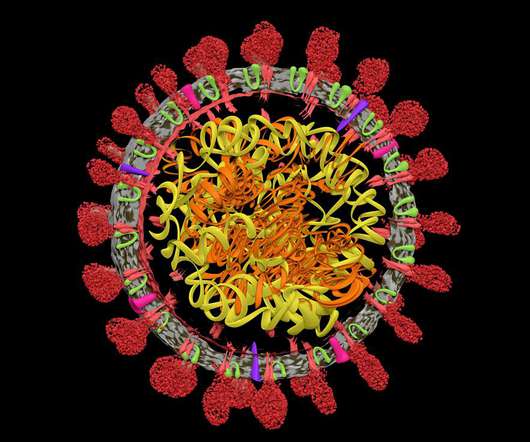Stanford team developing neural network system to help autonomous cars learn to handle unknown conditions
Green Car Congress
MARCH 28, 2019
Researchers at Stanford University have developed a new way of controlling autonomous cars that integrates prior driving experiences to help the cars perform more safely in extreme and unknown circumstances. The group ran comparison tests for their new system at Thunderhill Raceway. —Spielberg et al. Spielberg et al.











Let's personalize your content